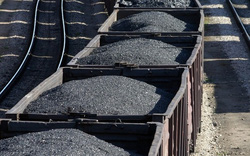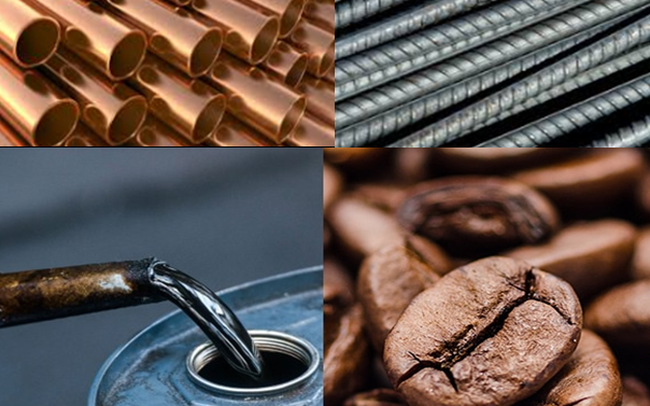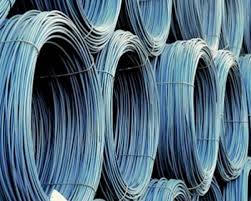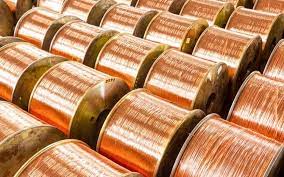In a notice issued late on Thursday afternoon (September 9,), China’s National Food and Strategic Reserve Administration (NFSRA) announced that it had released the national strategic reserve oil to lower the price of energy. this.
The move was made in the context of the recent increase in fuel costs in this country, not only the price of oil, but also coal and gas. At the same time, power shortages in some provinces have caused many factories to cut output and reduce production.
The NFSRA said the country has used its oil reserves to “relieve upward pressure on raw material prices”. The announcement did not give more specifics, but several sources familiar with the matter said it referred to millions of barrels of oil that the Government had brought to market in mid-July.
Inflation in the country is also increasing rapidly – a political issue that causes “headaches” for the country’s leaders.
The NFSRA said that the “normalization” of the rotation of the State’s crude oil reserves was “an important measure to stabilize the market”, indicating that it may continue to release more oil reserves to the market.
According to NFSRA, the sale of national oil reserves to the market through open bidding “will help to make supply and demand in the domestic market more stable”.
China is the world’s largest oil importer. Over the past decade, the country has built up huge stockpiles of goods. China’s strategic stockpiles, known as SPRs, have a different purpose than those in the US and Europe – to be used only during supply outages or during war. And China is signaling that it is willing to use its reserves for the purpose of influencing the market (lowering oil prices).
“It’s a pretty clear statement of intent to use SPR,” said Bob McNally, a former senior White House policy adviser and current executive at Rapidan Energy Group, a Washington consulting firm. to reduce oil prices for domestic refineries”.
China’s declaration of intervention in the oil market comes after China’s factory gate inflation (FGI) accelerated to a 13-year high and just a month after the White House made it public. proposed the Organization of the Petroleum Exporting Countries (OPEC) to pump more crude oil to the market in the context of a sharp increase in gasoline prices in the US. The fact that both the US and China act at the same time with the same purpose shows that these two largest energy consumers in the world both consider the threshold of 70-75 USD/barrel as the red limit for oil prices.
The fact that both Beijing and Washington act at the same time with the same purpose shows that these two largest energy consumers in the world both consider the threshold of 70-75 USD/barrel as a red line for oil prices.
Hurricane Ida also severely reduced US crude oil production due to a series of shutdowns, affecting China’s supply to Unipec.
China has also sold other commodities from its strategic reserves, including copper, aluminum and grains, to cool the rising price of raw materials.
The country’s producer price inflation in August 2021 rose to the highest level in 13 years, as prices continued to rise despite the government’s measures to cool down. Accordingly, the price index of Manufacturers (PPI) rose 9.5% in the past month from a year earlier, stronger than the 9% growth forecast in a Reuters survey and also above the 9% increase in July. .5% is the strongest since August 2008.
China’s National Bureau of Statistics (NBS) said the sharp increase in PPI was due to the sharp increase in prices of raw materials for coal production, chemicals and metals. The sharp rise in commodity prices in recent months has hit factory production and threatens to hamper the economic recovery.
While imports of many raw materials are on a downward trend, crude oil imports into China are still increasing rapidly as refineries are increasing operating speed to meet rising fuel oil demand. Crude oil imports rose but China’s exports of refined petroleum products in August stood at 3.73 million tonnes, down from 4.64 million tonnes in July, touching the lowest level since July 2020. due to strong domestic demand.
Independent refiners in Shandong increased their operating rates to 66.25% at the end of August from 62.3% in mid-August.
China Customs data shows that the country increased crude oil imports by 8% in August 2021 compared to July 2021, to 44.53 million tons, equivalent to 10.49 million barrels per day (bpd). bpd), up from 9.71 million bpd of imports in July, but still below the 11.18 million bpd of August imports.
Source: Bloomberg
T&G International Joint Stock Company
Address: 352 Hue Street, Le Dai Hanh Ward, Hai Ba Trung District, Hanoi
Hotline: 0345786803
Email: hrm@tginterjsc.com
Website: http://tginternationaljsc.com



















